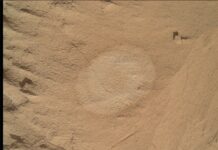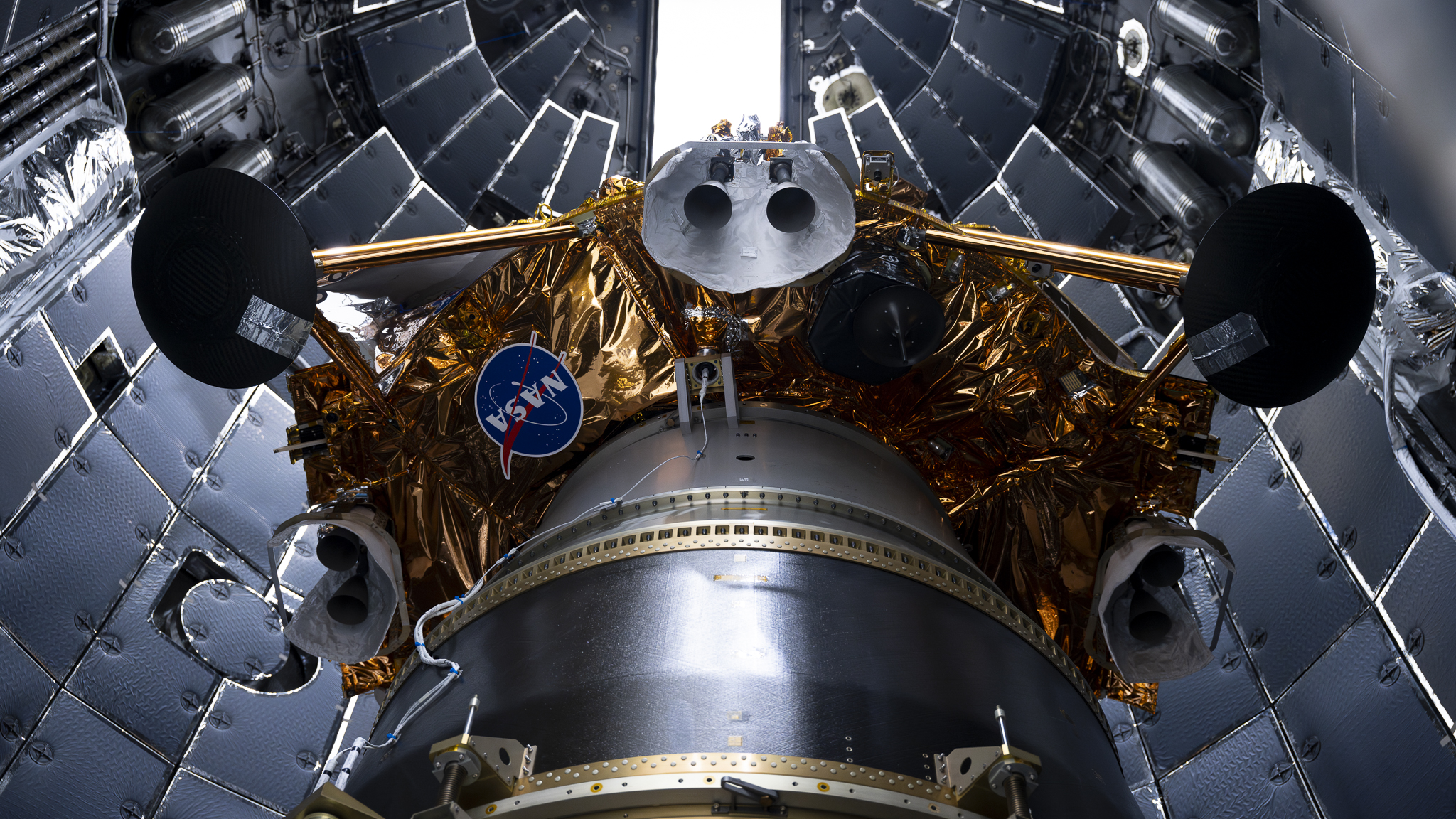In a significant stride towards enhancing our understanding of the Moon and its processes, NASA has embarked on a mission as part of its Commercial Lunar Payload Services (CLPS) initiative and the Artemis campaign. This mission involves the deployment of ten sophisticated instruments aboard Firefly Aerospace’s Blue Ghost lander, which marks Firefly’s inaugural journey to the Moon. These instruments are poised to perform pivotal scientific experiments and technology demonstrations that will not only deepen our knowledge of the Moon but also lay the groundwork for future manned missions to the lunar surface and beyond.
Blue Ghost is set to launch on a SpaceX Falcon 9 rocket from NASA’s Kennedy Space Center in Florida. The launch is scheduled for Wednesday, January 15, and will take place from Launch Complex 39A. Following a 45-day journey through space, the lander is expected to touch down near Mons Latreille, a volcanic feature within Mare Crisium. This area is located in the northeastern quadrant of the Moon’s near side and spans approximately 340 miles (or 550 kilometers) in width.
The mission aims to address several critical questions that have long intrigued scientists. For instance, how can navigation on the Moon be made more precise? How does the lunar surface interact with spacecraft? And what impact does Earth’s magnetic field have on space weather phenomena affecting our planet? The instruments on board the Blue Ghost lander are designed to provide answers to these questions and more. They will test technologies for sampling lunar regolith, assess subsurface drilling capabilities, enhance positioning and navigation precision, develop radiation-tolerant computing systems, and explore methods to mitigate lunar dust during landings.
Let’s explore the ten NASA payloads that will be aboard Firefly’s Blue Ghost lander:
Lunar Instrumentation for Subsurface Thermal Exploration with Rapidity (LISTER)
LISTER is tasked with measuring the Moon’s internal heat flow. It does this by assessing the thermal gradient, which is the variation in temperature at different depths, and thermal conductivity, which refers to the ability of subsurface materials to conduct heat. Using pneumatic drilling technology equipped with a custom heat flow needle, LISTER will take measurements up to 10 feet below the surface. The data collected will enable scientists to reconstruct the Moon’s thermal history and gain insights into how it formed and cooled. This project is led by Texas Tech University.
Lunar PlanetVac (LPV)
LPV is designed to collect samples of lunar regolith—the loose, fragmented material covering the Moon’s surface. It achieves this by using bursts of compressed gas to propel the regolith into a collection chamber for analysis. The results are then transmitted back to Earth. By testing low-cost technologies for sample collection, LPV aims to maximize scientific returns from planetary missions. Honeybee Robotics leads this initiative.
Next Generation Lunar Retroreflector (NGLR)
NGLR acts as a target for Earth-based lasers to precisely measure the distance between the Earth and the Moon. By reflecting short laser pulses, the transit time of the pulses is used to calculate the distance. This data could enhance the accuracy of our lunar coordinate system and expand our understanding of the Moon’s inner structure and fundamental physics. The University of Maryland spearheads this project.
Regolith Adherence Characterization (RAC)
RAC is focused on understanding how lunar regolith adheres to various materials when exposed to the Moon’s environment. It measures the accumulation rates of regolith on surfaces like solar cells, optical systems, and sensors. The insights gained will help develop strategies to protect spacecraft, spacesuits, and habitats from abrasive lunar dust. Aegis Aerospace is leading this research.
Radiation Tolerant Computer (RadPC)
RadPC is set to demonstrate a computer’s resilience to ionizing radiation, which can cause faults. Although prototypes have been tested on the International Space Station and Earth-orbiting satellites, this mission provides a more rigorous test as the computer will endure space radiation during its journey through Earth’s radiation belts and on the Moon. Montana State University is leading this effort.
Electrodynamic Dust Shield (EDS)
EDS is an innovative dust mitigation technology that employs electric fields to move and prevent lunar dust accumulation on surfaces. This technology is designed to lift, transport, and remove particles without any moving parts. The feasibility of self-cleaning glasses and thermal radiator surfaces on the Moon will be tested. NASA’s Kennedy Space Center leads this initiative.
Lunar Environment heliospheric X-ray Imager (LEXI)
LEXI will capture X-ray images to study the interaction between solar wind and Earth’s magnetic field, which triggers geomagnetic disturbances and storms. Positioned on the lunar surface, this instrument will provide the first global images of Earth’s magnetic field’s boundary, offering vital insights into space weather and cosmic forces impacting Earth. This project is a collaboration among Boston University, NASA’s Goddard Space Flight Center, and Johns Hopkins University.
Lunar Magnetotelluric Sounder (LMS)
LMS will investigate the Moon’s mantle structure and composition by measuring electric and magnetic fields. This study will help determine the Moon’s temperature structure and thermal evolution, shedding light on its cooling process and chemical differentiation since its formation. The Southwest Research Institute leads this project.
Lunar GNSS Receiver Experiment (LuGRE)
LuGRE aims to demonstrate the capability of acquiring and tracking signals from GNSS (Global Navigation Satellite System) constellations, such as GPS and Galileo, during transit to the Moon and on the lunar surface. If successful, LuGRE would pave the way for future lunar spacecraft to autonomously and accurately determine their position, velocity, and time using Earth-based navigation systems. This project is a collaboration between NASA Goddard and the Italian Space Agency.
Stereo Camera for Lunar Plume-Surface Studies (SCALPSS)
SCALPSS will use stereo imaging photogrammetry to capture the effects of rocket exhaust plumes on lunar regolith during the lander’s descent. High-resolution stereo images will help create models to predict regolith erosion, vital for future missions involving larger spacecraft. NASA’s Langley Research Center leads this initiative.
Through the CLPS initiative, NASA is procuring lunar landing and surface operation services from American companies. CLPS facilitates the delivery of scientific instruments and technology demonstrations to the Moon, advancing our capabilities for scientific exploration and commercial development. By fostering a steady pace of lunar deliveries, NASA supports the growth of a lunar economy while leveraging the innovative spirit of the commercial space industry.
For more information on CLPS and the Artemis campaign, you can visit NASA’s official page at www.nasa.gov/clps.
For more Information, Refer to this article.


































![Good Lock Features: Discover the Top Favorites [Exploring Good Lock ②] Unveiling the Most Popular Good Lock Features](https://www.hawkdive.com/media/samsung-mobile-good-lock-home-up-3-most-popular-features_thumb728-218x150.gif)